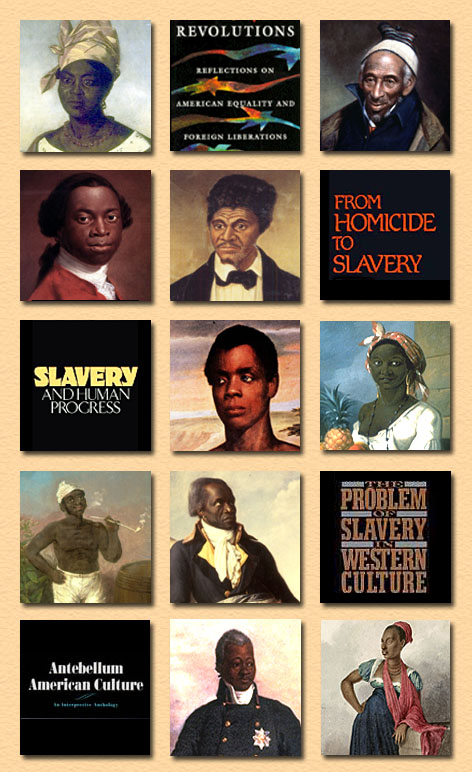

The explanation offered in the last chapter of the success and failure of slavery in different portions of North America resolved itself into the proposition, that in certain cases the institution was found to be economically profitable while it proved unprofitable in others. INTERNAL ORGANIZATION OF SLAVE COMMUNITIES. Key words: "the (particular) class for whose special behoof it (slavery) exists," the class who keep slaves, servile régime, the upper classes, the ascendant class, the mean whites (a class at once degraded and dangerous) (white trash, crackers), free peasants, the three classes: the slaves, the slave-holders, the idle and lawless rabble, the Slave Power, the privileged (one) thirtieth part, one party, despotism of the wealthy few, the paramount power in the Union, uncontrolled despotism, a compact oligarchy, organised barabrism, a degraded class, the present ruling class.ĬHAPTER III. “Internal Development of Slave Societies,” pp. “Internal Organization of Slave Societies, ” pp.


John Elliott Cairnes, The Slave Power: Its Character, Career, and Probable Designs: Being an Attempt to explain the Real Issues involved in the American Conflict. [See a higher resolution image and the illustrated essay on " James Gillray on War and Taxes during the War against Napoleon". The image is James Gillray, "The British Atlas, or John Bull supporting the Peace Establishment" (1816). John Elliott Cairnes, The Slave Power (1862) The Ruling Class and the State: An Anthology from the OLL Collection


 0 kommentar(er)
0 kommentar(er)
